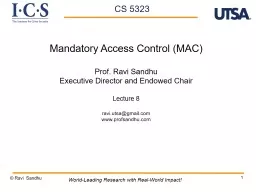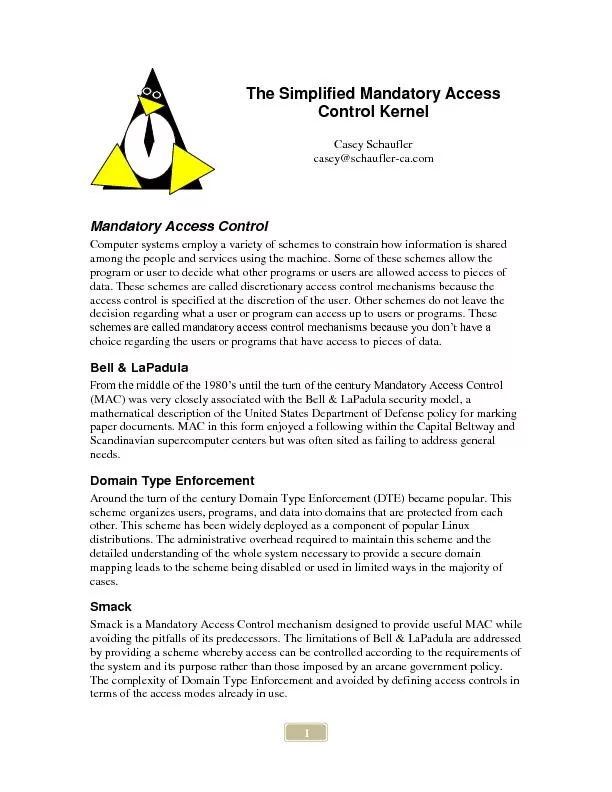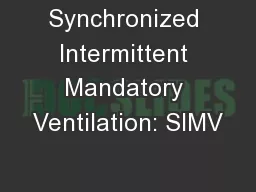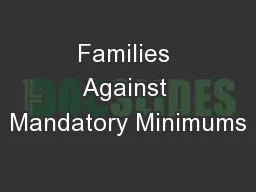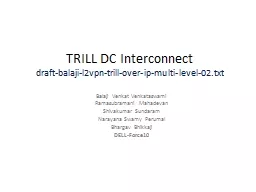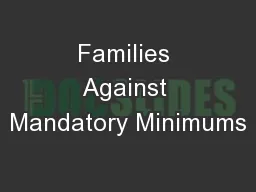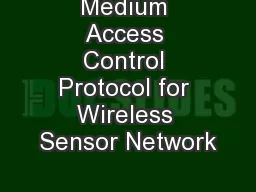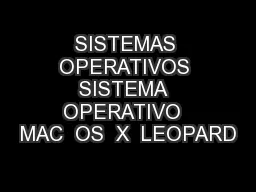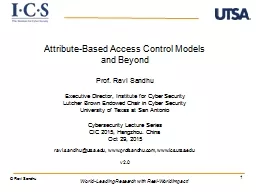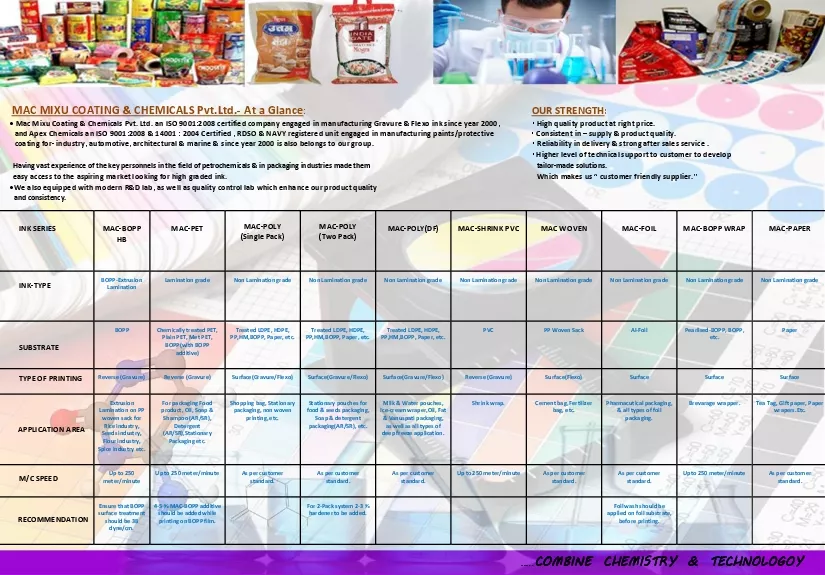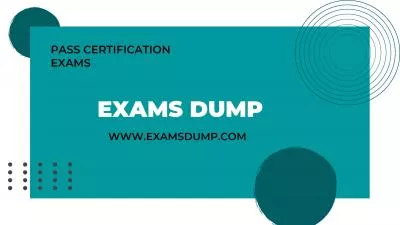PPT-1 Mandatory Access Control (MAC)
Author : yoshiko-marsland | Published Date : 2018-11-12
Prof Ravi Sandhu Executive Director and Endowed Chair Lecture 8 raviutsagmailcom wwwprofsandhucom Ravi Sandhu WorldLeading Research with RealWorld Impact CS
Presentation Embed Code
Download Presentation
Download Presentation The PPT/PDF document "1 Mandatory Access Control (MAC)" is the property of its rightful owner. Permission is granted to download and print the materials on this website for personal, non-commercial use only, and to display it on your personal computer provided you do not modify the materials and that you retain all copyright notices contained in the materials. By downloading content from our website, you accept the terms of this agreement.
1 Mandatory Access Control (MAC): Transcript
Download Rules Of Document
"1 Mandatory Access Control (MAC)"The content belongs to its owner. You may download and print it for personal use, without modification, and keep all copyright notices. By downloading, you agree to these terms.
Related Documents

